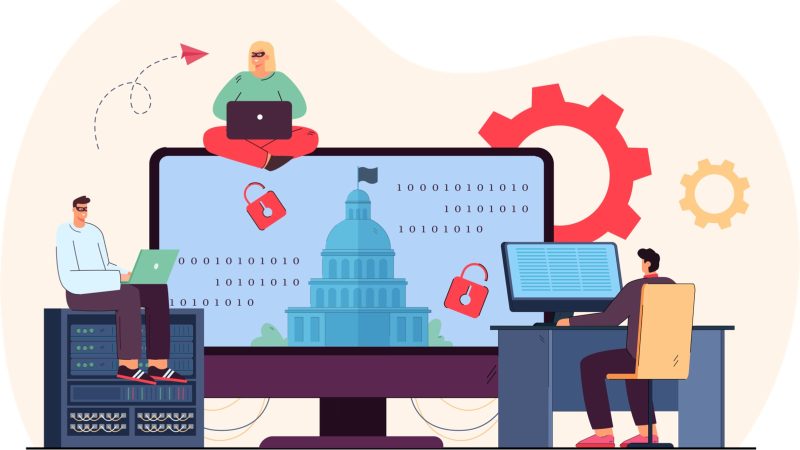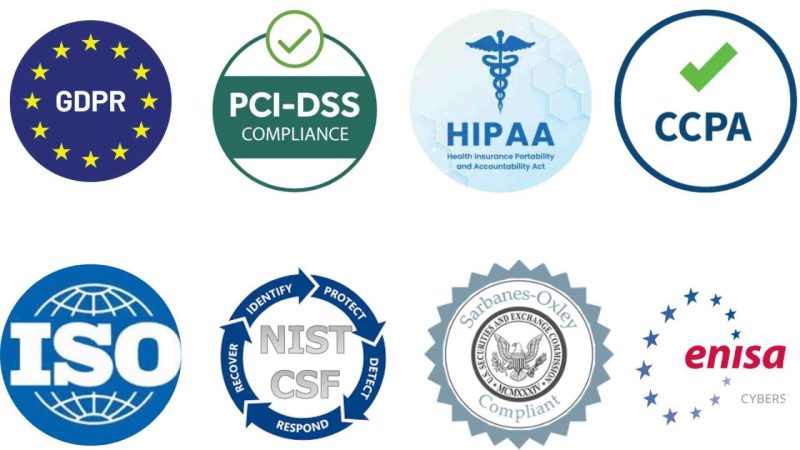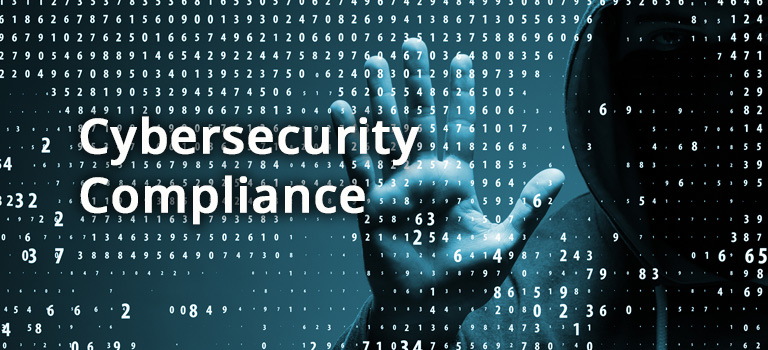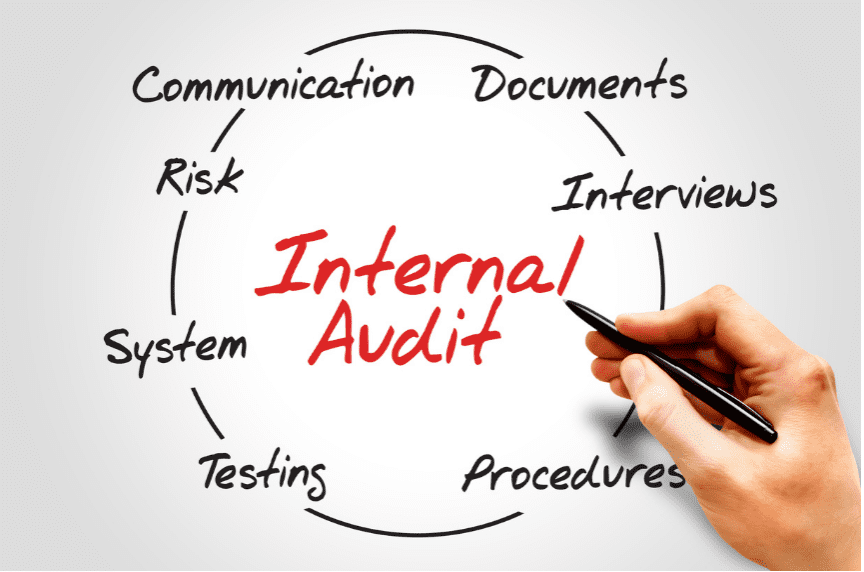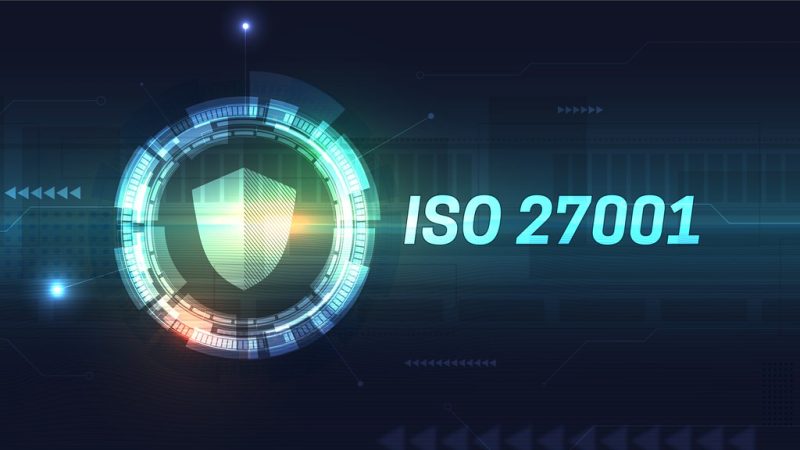News That Matters to You
This blog features the most up-to-date stories of interest to quality managers specializing in a variety of different areas including safety, environmental, IT, cannabis, and metrology. We also support the professional development needs of employees working in these areas, connecting readers with stories about training, job postings, and career development.
Categories
- Cybersecurity
- Cybersecurity-Artificial Intelligence
- Cybersecurity-Automation
- Cybersecurity-Career
- Cybersecurity-Certification Management
- Cybersecurity-Continuous Improvement
- Cybersecurity-Documentation
- Cybersecurity-Information Security Mgt. Systems (ISMS)
- Cybersecurity-ISO 27001
- Cybersecurity-Management
- Cybersecurity-Regulatory
- Cybersecurity-Risk Management
- Cybersecurity-Software
- Cybersecurity-Supplier Quality
- Cybersecurity-Sustainability
- General
- Manufacturing
- Quality-Artificial Intelligence
- Quality-Automation
- Quality-Career
- Quality-Certification Management
- Quality-Continuous Improvement
- Quality-Cost of Quality
- Quality-Documentation
- Quality-ISO 9001
- Quality-LEAN-6 Sigma
- Quality-Product Safety
- Quality-Quality Management
- Quality-Regulatory
- Quality-Risk Management
- Quality-Root Cause
- Quality-Skills
- Quality-Software
- Quality-Supplier Quality
- Quality-Sustainability
- Safety-Product Safety Certification
- Safety-Risk Management
- Uncategorized
Information Security Measures for a Procrastination Combatting Digital Solution
• This paper presents a secure design framework for a digital application aimed at reducing procrastination, integrating risk management, threat modeling, and international data protection compliance• It applies standards like ISO/IEC 27001, NIST, OWASP MASVS, and GDPR to ensure confidentiality, integrity, and availability while addressing common cyber threats and vulnerabilities• A prototype was developed and…
Continue Reading Information Security Measures for a Procrastination Combatting Digital Solution
Cybersecurity Governance Toolkit
• Cybersecurity governance in higher education aligns information security with institutional mission, protecting sensitive data and maintaining trust• Key components include risk management, policy development, compliance, training, incident response, and performance monitoring• A structured governance program, supported by frameworks like NIST or ISO, improves resilience, regulatory compliance, and strategic collaboration Cybersecurity governance in higher education…
Quick Start Guide to Security Compliance
• Cybersecurity compliance affects nearly every business and IT provider, regardless of industry, due to expanding global regulations and contractual obligations• IT service providers must move beyond selling products to building holistic, risk-based security programs, with compliance serving as both a liability shield and revenue opportunity• Developing a strong cybersecurity culture, understanding legal exposure (like…
Best Practices for Cybersecurity Compliance Monitoring
• Cybersecurity compliance monitoring is essential due to complex, overlapping regulations and increasing penalties for non-compliance• Effective monitoring starts with identifying applicable laws, conducting audits, and creating a tailored compliance plan based on risk assessments• Ongoing monitoring, automation, and employee training help maintain compliance and protect against breaches Ensuring cybersecurity compliance has become increasingly complex…
Continue Reading Best Practices for Cybersecurity Compliance Monitoring
ISO 27001 certification: What happens in the certification audit?
• ISO 27001 certification audits assess whether an organization’s Information Security Management System (ISMS) meets the standard’s requirements• The process includes a two-stage audit (documentation review and implementation review), optional readiness assessment, and post-audit monitoring• Audits identify non-conformities, guide corrective actions, and support continual improvement of the ISMS The ISO 27001 certification audit is a…
Continue Reading ISO 27001 certification: What happens in the certification audit?
Implementing Technological Controls in ISO 27001
• ISO/IEC 27001:2022 includes 93 controls, with 34 categorized as technological, aimed at protecting information systems and enhancing resilience• Implementing these controls effectively requires risk assessment, contextual tailoring, and balancing security needs with usability and budget constraints• Benefits include regulatory compliance, automation of security processes, and improved incident response and organizational resilience Technological controls within…
Continue Reading Implementing Technological Controls in ISO 27001
Get our latest post in your inbox.
Join my newsletter to receive our latest long-form content right in your inbox. I also offer up discounts, coupons, and exclusive content to our subscribers. Join today!



